You could be the answer!
From urban runoff to shoreline degradation, our lakes are in serious trouble. And it doesn’t stop there. Approximately 10,000 tonnes of plastic are entering the Great Lakes every single year. And a recent York University study learned that our lakes are getting warmer and more at risk of growing algae blooms thanks to climate change.
Considering that fresh water bodies supports over 100,000 species, it’s pretty important that we do all we can to conserve our fresh water — like lakes! If you are lucky enough to be a lakefront property owner, there is plenty you can do to protect your lake.
Get Digging
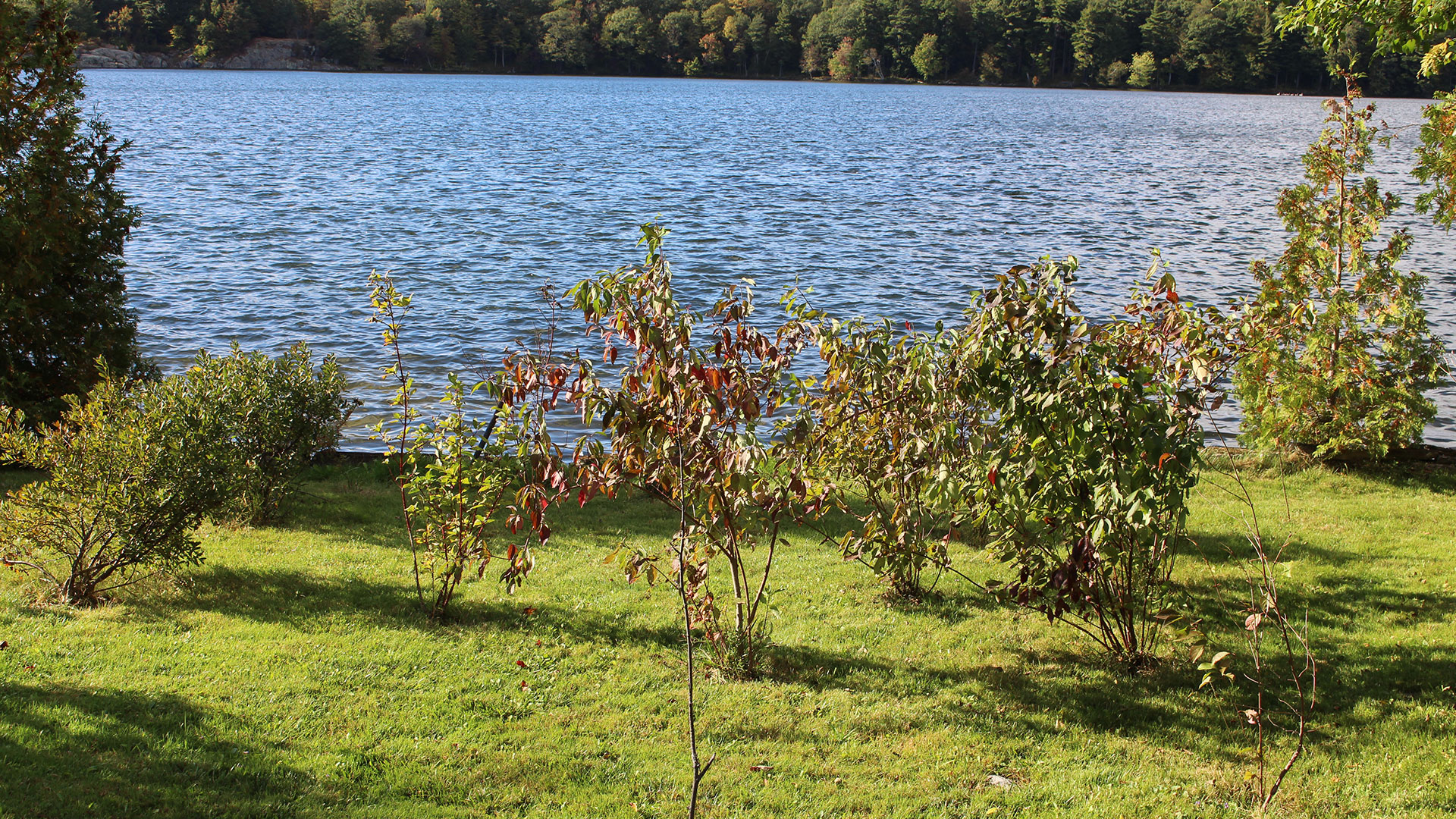
Planting native plants along your shoreline is the best way to stop runoff from happening. To get an idea of what kind of vegetation you should plant, check out our native plant encyclopedia. You should also leave cavity, mast and coniferous trees. In Ontario alone, more than 50 species of birds and mammals rely on cavity trees for their survival. Trees that produce fruit and seed like maple, elm, oak and beech (mast trees) offer wildlife some healthy fats to tide them through the winter, while coniferous trees provide amazing shelter for wildlife.
Build a Better Path
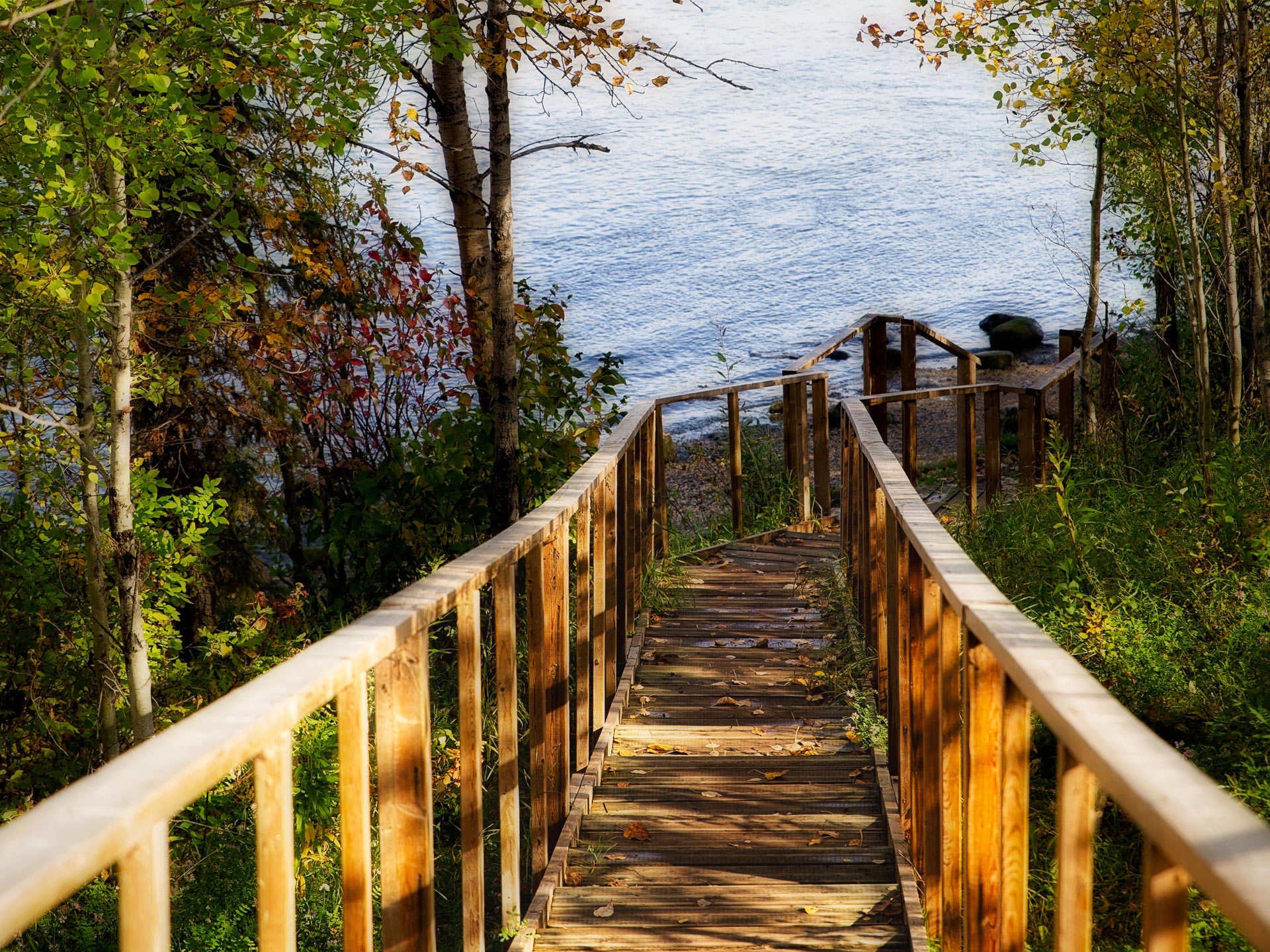
Did you know improperly built paths can cause erosion? If your path leads straight from your cottage down to the water, it could be carrying soil and runoff right along with it. You want to build a path that follows the contours of the slope in an S curve pattern to avoid erosion. Better yet, lay gravel, mulch and wood chips on the path to protect it from the elements.
Swap Your Motorized Boat for a Canoe
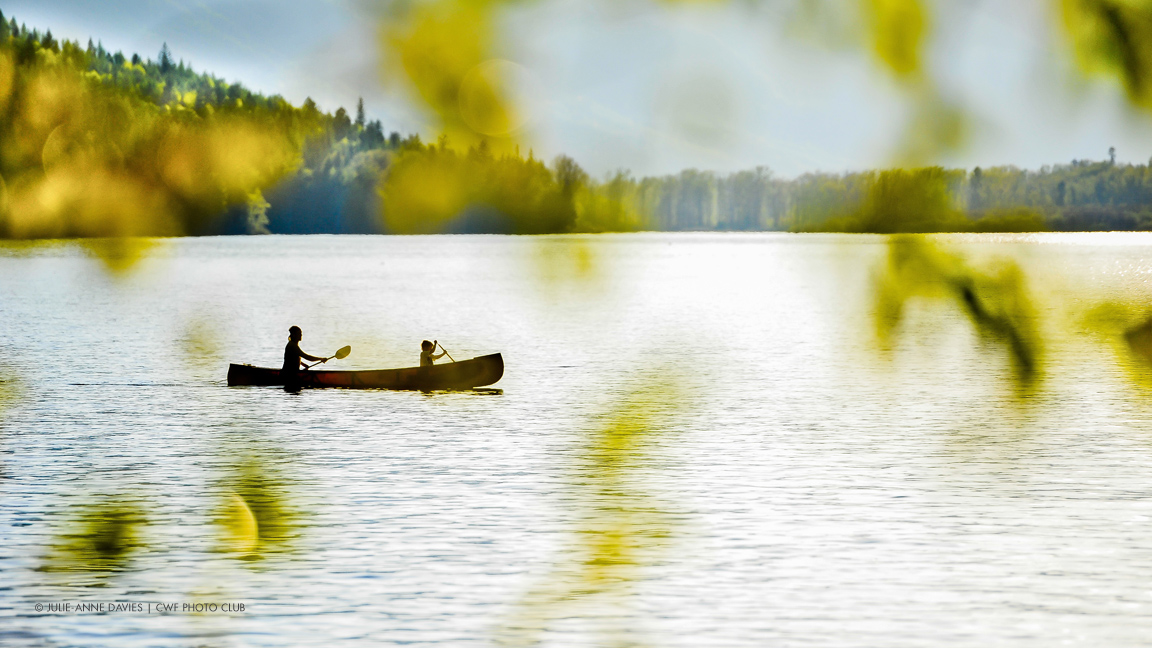
Who knew boat wake could do so much damage? It can cause erosion when the waves crash against the shoreline, and can also flood the nests of loons and waterfowl. Plus boat strikes are a widespread threat in lakes for Northern Map Turtles – just check out CWF’s recently published study to learn more. Why not swap your motorized boat for a canoe or paddle boat? You’ll be more likely to see wildlife since you won’t disturb them as you paddle by them. If you just can’t get rid of your jet ski, slow down to 10 kilometres an hour within 30 metres of the shore to reduce your impact.
Retire Your Lawn
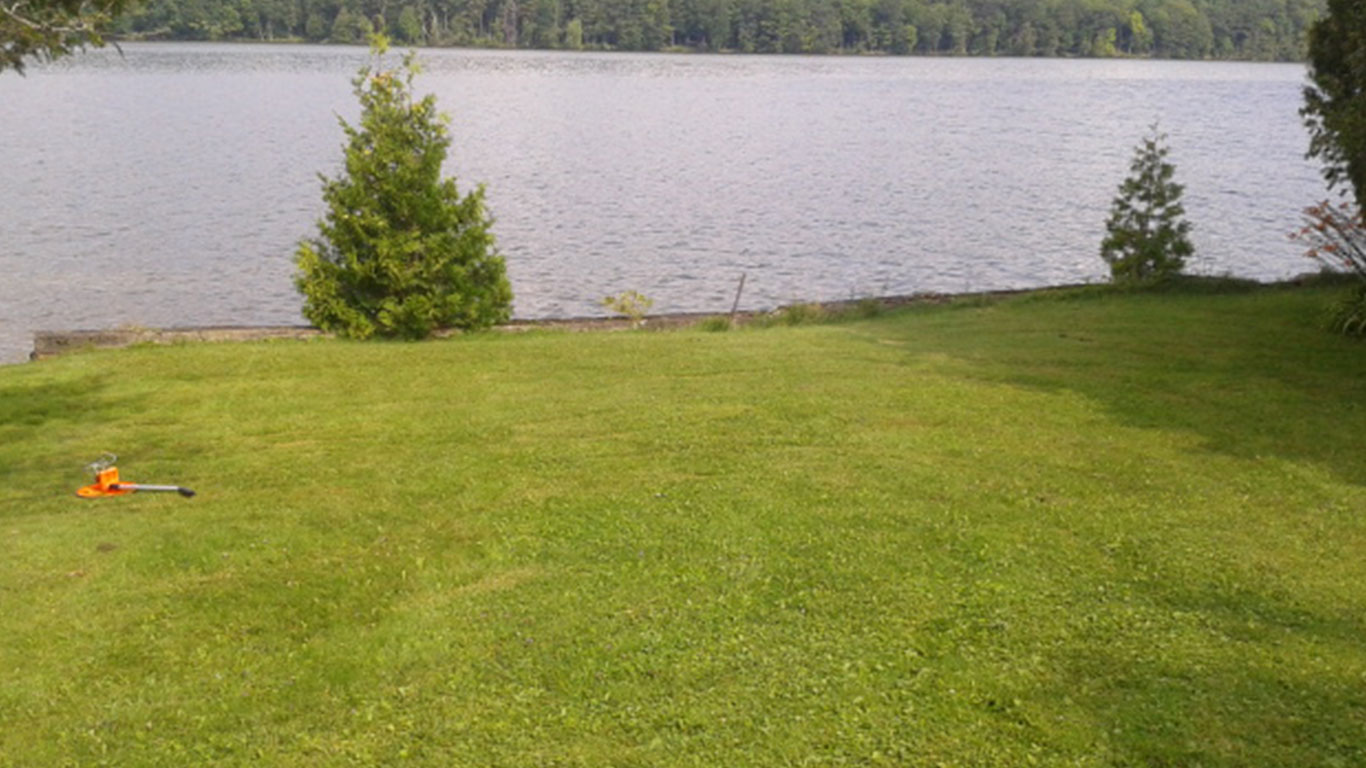
Isn’t the whole point of a cottage to relax? Who needs an afternoon of lawn mowing, anyway? Over 55 per cent of precipitation runs off lawns – taking with it all the fertilizers and pesticides used on it. By retiring your lawn and planting native plants instead, you’ll be saving yourself a ton of time and the planet too. If you haven’t already, abandon those fertilizers and pesticides too!
Pick the Perfect Dock for Your Cottage
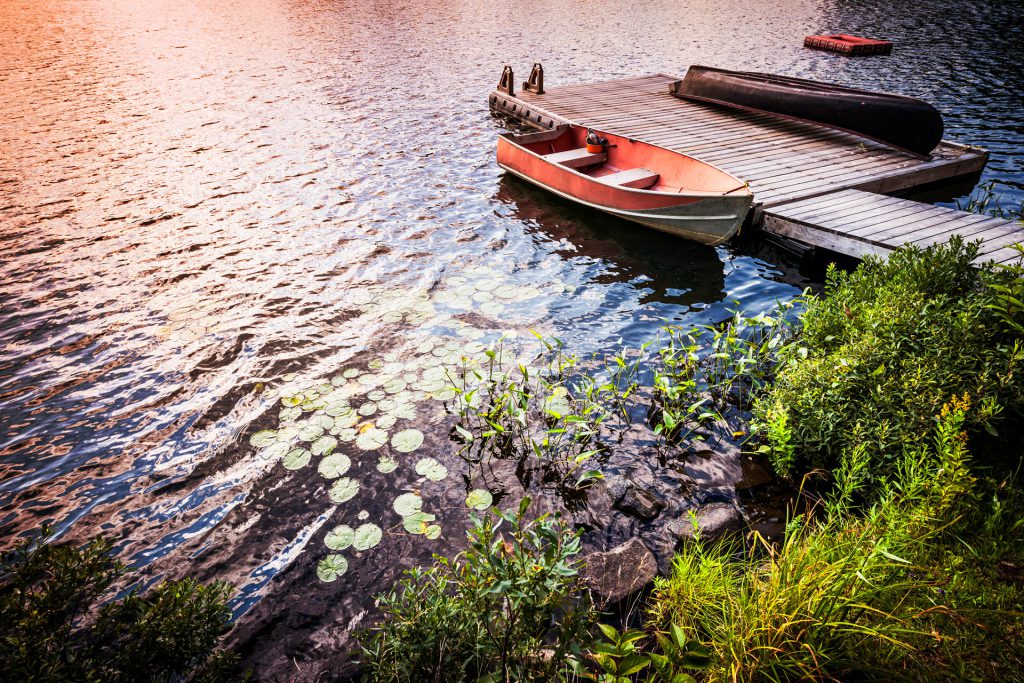
Some docks can disturb fish habitat and damage shorelines. But there are environmentally friendly docks out there that don’t disturb the bottom of the lake or upset fish habitat. Our favourites? Pipe docks, cantilever docks (which sit entirely out of the water), and floating docks.
Check Your Septic System
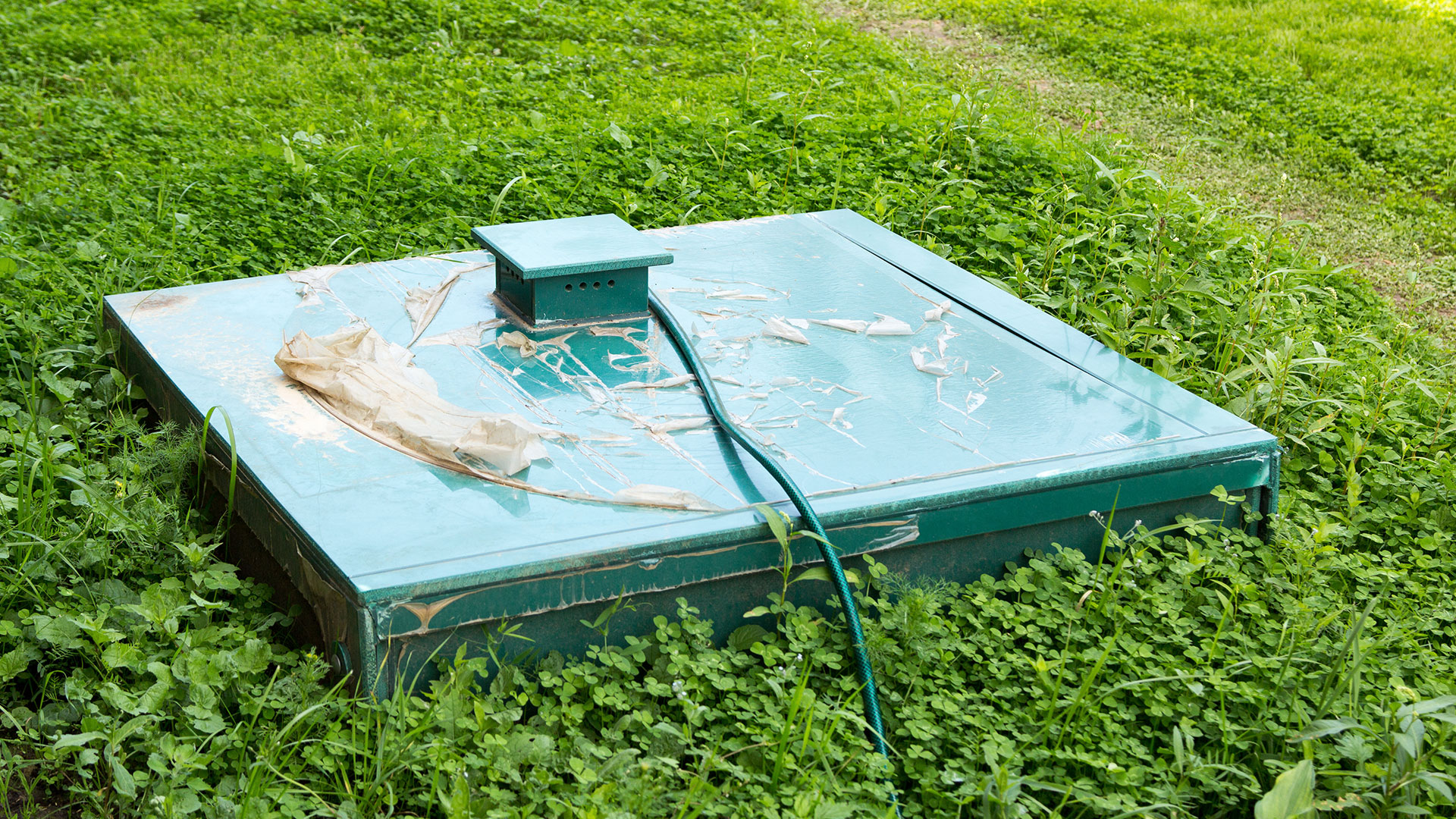
If you’ve got a septic system, you’ll want to be sure to check it every three to five years. When you leave it too long, the nutrients and pollutants in household wastewater like nitrogen and phosphorous in the tank can seep into ground and surface water. Blech.
Light Right
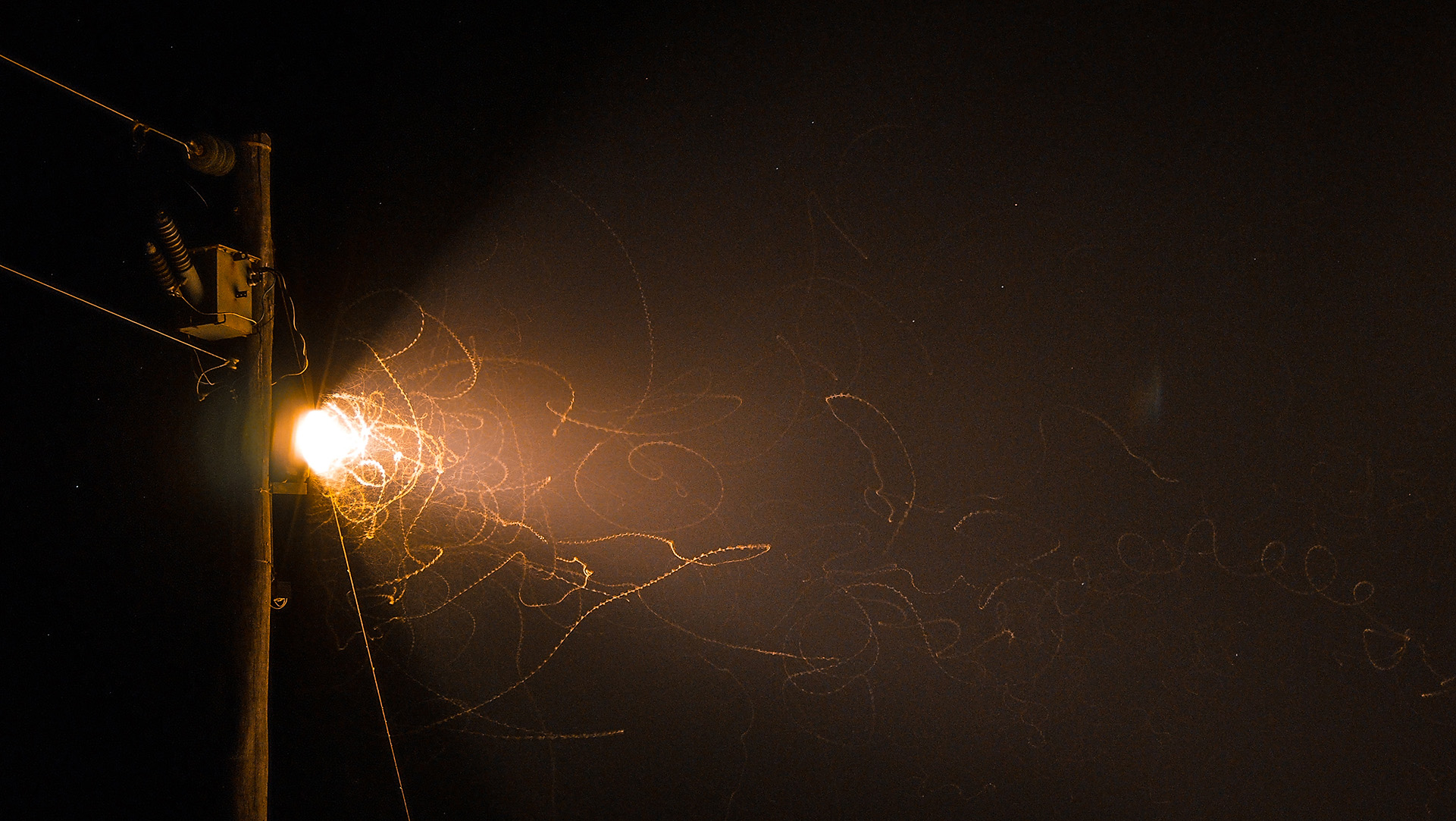
You don’t need glaring lights to light your path to the water. In fact, bright lights can negatively affect wildlife by changing how they forage for food, mate, hibernate and migrate. Get motion detectors for lights around the cottage and put solar lights in the ground along your path to the water.
I’d also say ditch the UV bug zapper! They don’t work for mosquitoes who aren’t attracted to UV light. Instead, it’s killing moths and other potentially beneficial insects.
Learn more about how you can help your lake at LoveYourLake.ca.

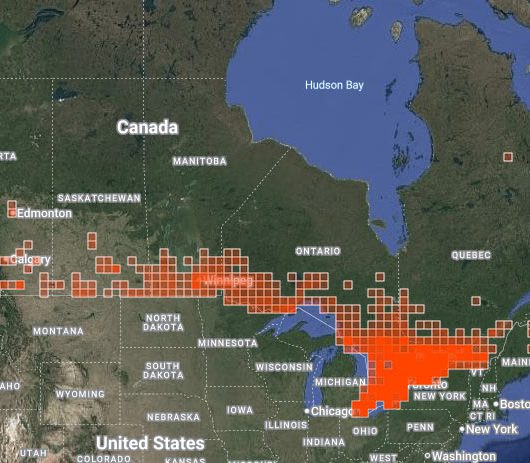

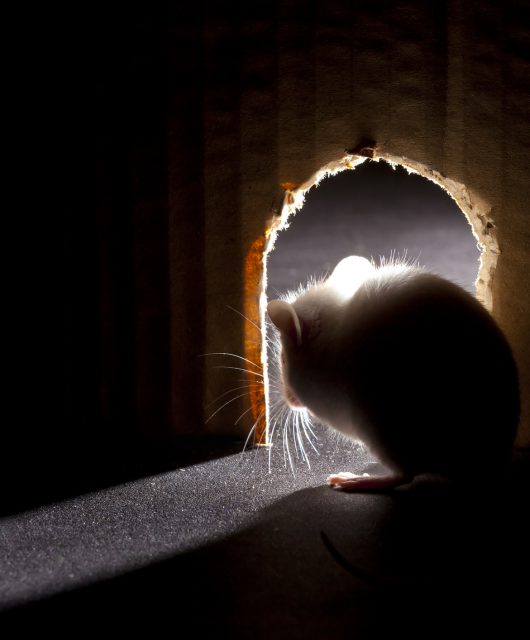

1 comment
I really enjoyed this site !! I have not used any “poison” on my lawn since my grandson was born more than 30 years ago!! I do try to grow Native plants when I can get them and I appreciate the list you printed. Ann MacNaughton, Oakville (aged 81)